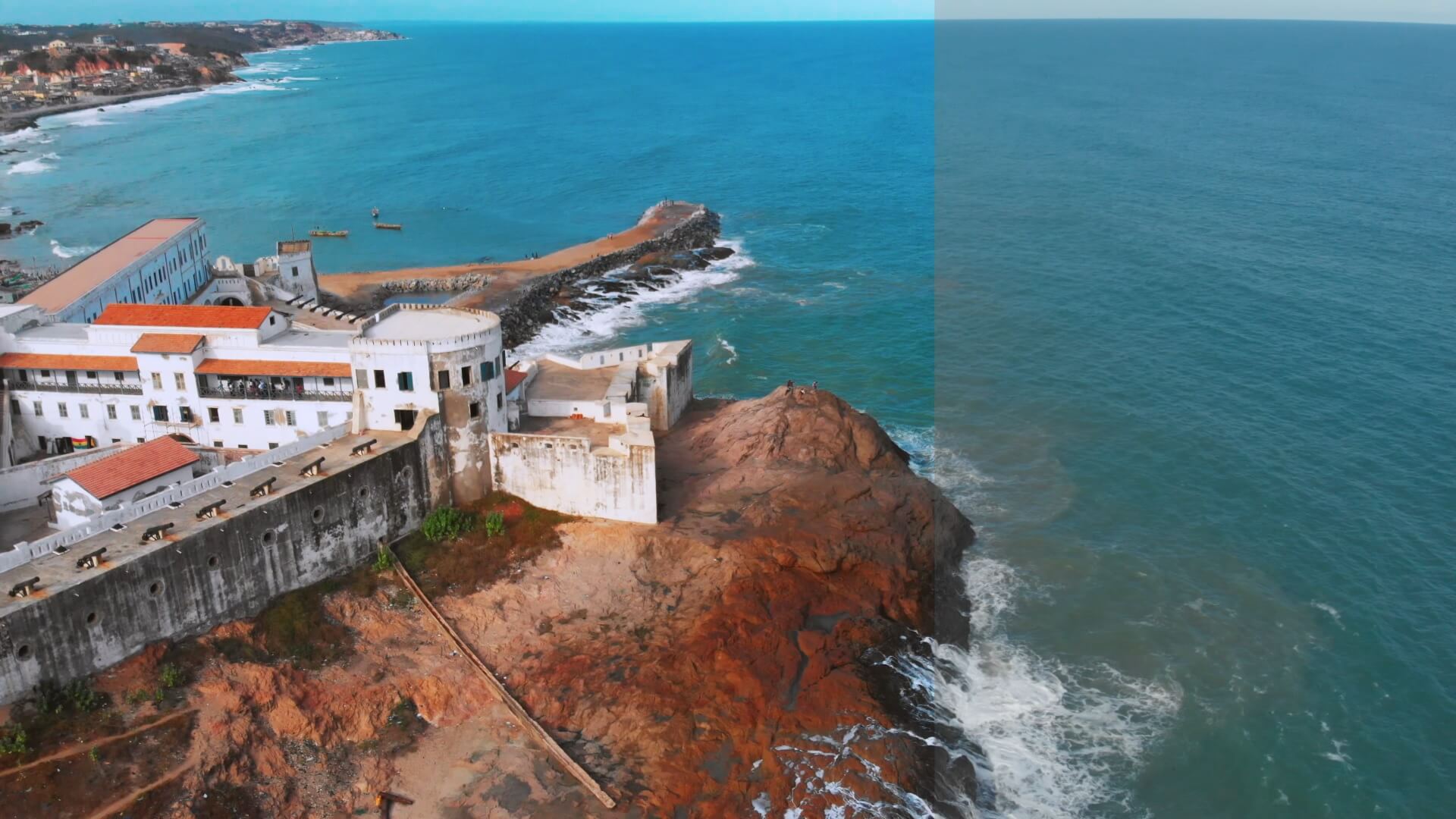


Children, using the base of the castle as a place to dry off in the sun, swim and play in the waves breaking against the fort. Fishermen haul their colorful, wooden canoes ashore, providing food for the nearby community. From the castle walls of Cape Coast Castle, I look down at the beach and see a swarm of activity. Around 30 still stand to this day, serving as a reminder of a period that humanity should never forget.īy Matthew Scott Fishing boats, called pirogues, line the beach next to Cape Coast Castle/ Alexandra Yingst Living in the Shadow of This HistoryĪlthough it is a somber day walking through the castles, it is also a hopeful day. Many enslaved Africans passed through here on their way to British colonies in the Americas.Įlmina Castle and Cape Coast Castle are just two of over forty castles on this coast that held enslaved people on their way across the Atlantic Ocean. The castle’s cannons pointed at the sea and kept other traders from venturing too close to the British-controlled castle. Swedish traders constructed it in 1653, but, after a few different owners, it fell under British control eleven years later.

Towards the end of the 19th century, Elmina Castle came under British colonial rule until Ghana became an independent nation in 1957.Ĭape Coast Castle, less than ten miles from Elmina Castle, was also heavily used during this incredibly brutal chapter in history. Millions of the recently enslaved awaited transport to the Americas in Elmina Castle until the Dutch ended their participation in the slave trade in 1814. The black cannons lining the edge of Cape Coast Castle point to sea/ Alexandra Yingst

After the Portuguese built the fortress in 1482, it changed ownership multiple times, falling into Dutch hands in the mid-1600s when they found it profitable to be involved in the slave trade on the Gold Coast. The Gold Coast, now present-day Ghana, got its name in the 15th century because of the gold and other valuable goods found in the area.Įlmina Castle is the oldest building constructed by Europeans that is still in existence in sub-Saharan Africa. This route brought goods to the West African coast, slaves to the Americas, and raw materials to Europe. Slavery on the Gold CoastĪlthough initially built as trading centers for timber and gold, these castles would become strategic trading points in the Triangle Trade. The guide has to use a flashlight for visibility.” For me, experiencing such conditions is something that a book or a documentary could never portray. “To get there, you have to walk through the dungeons, even to the point where you have to crouch. “The Door of No Return was the most powerful experience for me at Elmina Castle,” says Silversea historian Shannon Calloway. As I look around at the others in my group, I realize that I am not the only one struggling to hold back tears. This image of passing through a door, escaping unbelievable horrors, only to be forced to cross the Atlantic Ocean in similar inhumane conditions, really unsettles me. They were left for months to starve or perish from disease as they awaited transportation to the Americas.Įnslaved Africans were forced through the so-called “Door of No Return” at these castles, a narrow opening in the fortress wall that led to the water’s edge and the nearby ships awaiting them. My heart pounds in my chest as I think of the hundreds of people who would have been piled into this small, dark room at one time. The guide turns off the light in the room, which plunges us into total darkness.


 0 kommentar(er)
0 kommentar(er)
